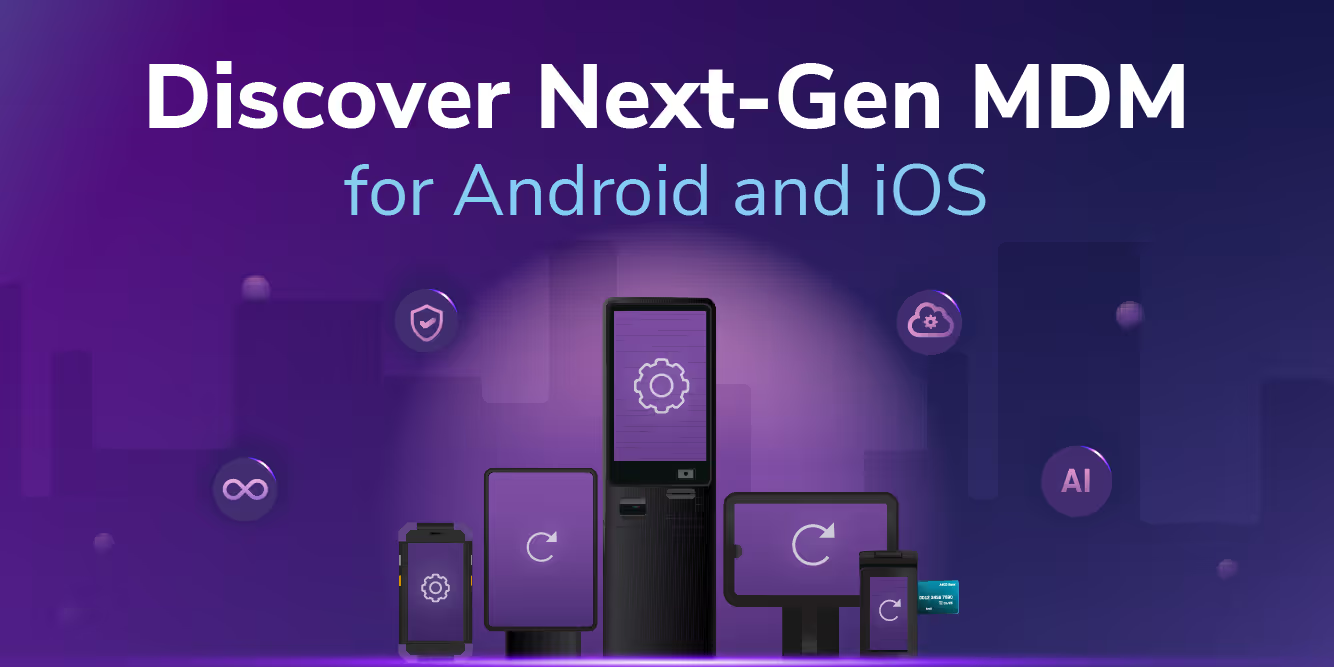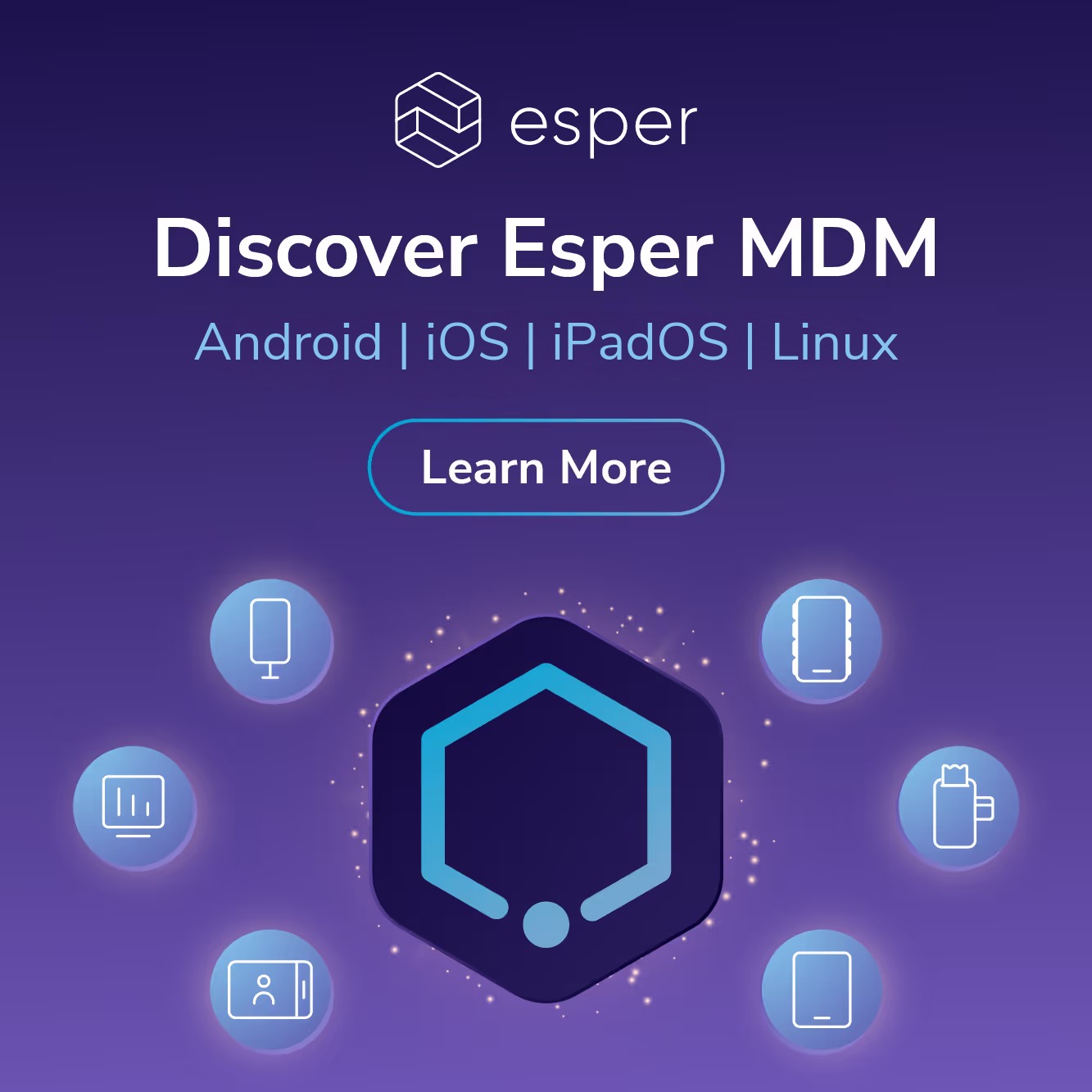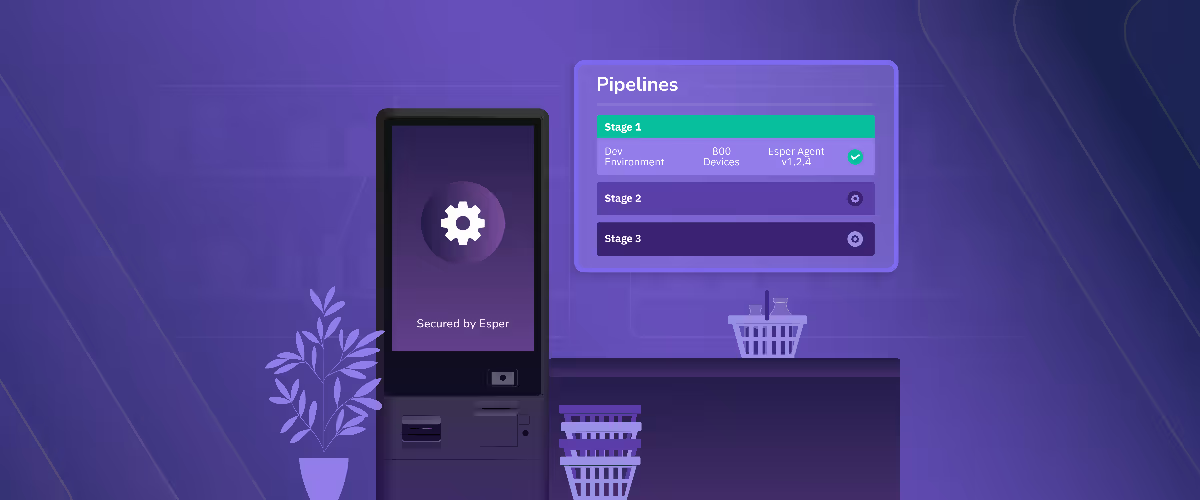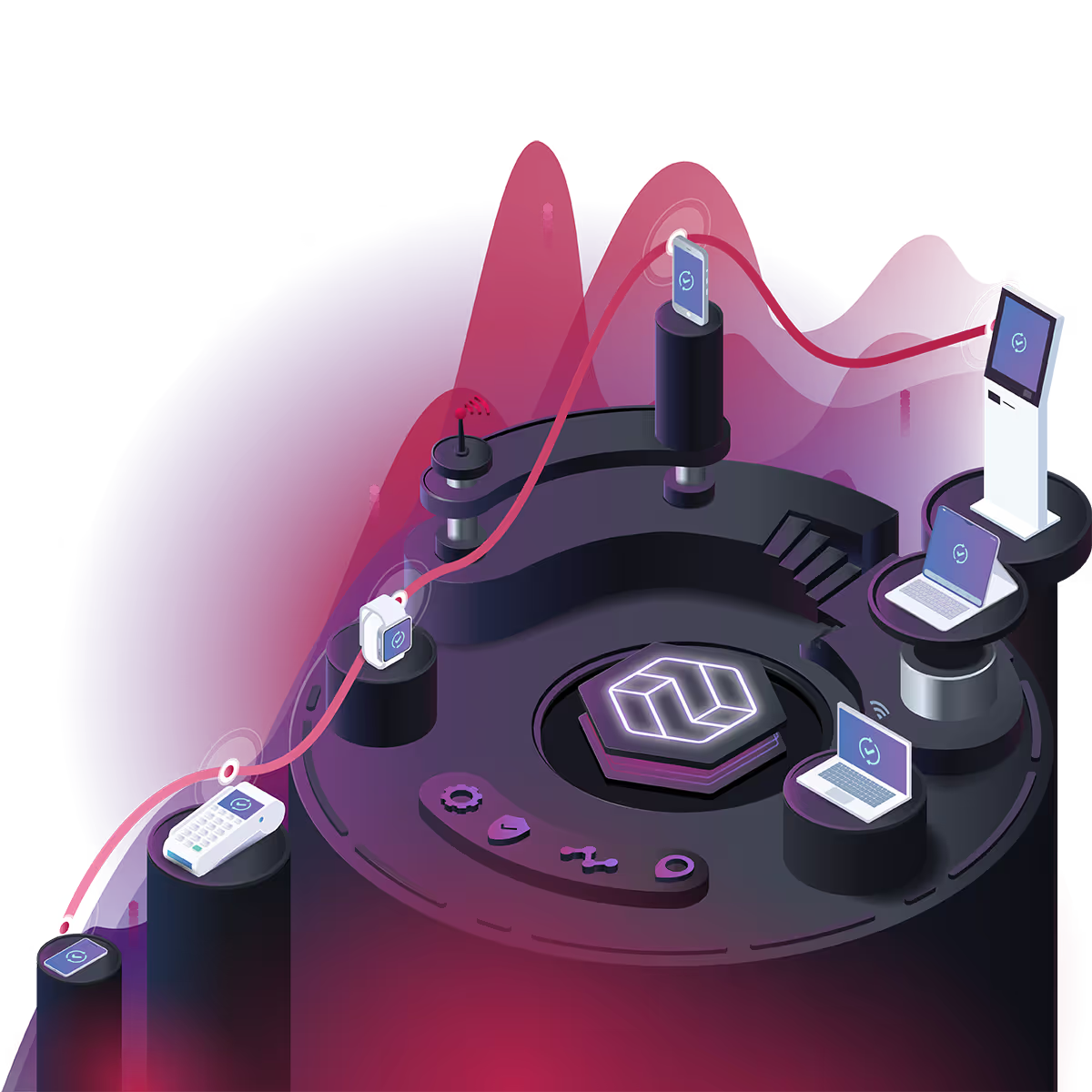It wasn’t too long ago that an internet-connected point-of-sale system looked more like a security liability than an operational necessity. Restaurant technology solutions have utterly transformed the business over the past 20 years — the rise of the cloud, mobile POS, real-time web ordering, on-demand delivery — the list goes on and on. It feels obvious now, but devices are a huge enabler of this transformation, and the world’s leading QSR and fast casual brands (e.g., McDonald’s) have built major in-house innovation motions to stay on the cutting edge. But how do they sustainably scale it?
Enabling and restaurant device innovation at scale presents unique challenges, and rarely is the right response to those challenges “more at any cost.” With tech budgets tightening, customer patience thinning, and staff wearing more hats, simply throwing more screens into locations isn’t just fiscally imprudent, it’s demonstrably ineffective. There needs to be a real strategy for integrating devices in ways that streamline operations, enhance the customer experience, and build a competitive edge. That strategy must be enabled at a high level, and with modern MDM tooling.
Modern restaurant solutions need to balance the very necessary proliferation of devices against consumer preference and the ability of restaurant operations teams to maintain that digital infrastructure. Here are five key ways restaurants can attain that balance while continuing to innovate and expand their device management strategies.
1. Build Better Deployments with Seamless Provisioning
One of the unique challenges for achieving restaurant technology integration at scale is the highly distributed, operationally independent nature of the business. Unlike most retailers, QSR and fast casual brands may operate dozens or even hundreds of locations in a given region, and the ability to rapidly open new stores to serve emerging markets can provide a major competitive edge. (For example, Ralph’s supermarkets operates around 30 stores in the Los Angeles area — McDonald’s operates over 300 restaurants in that same area.)
Seamless Provisioning Use case: Prep and open multiple stores without needing to send IT staff to configure devices on-site. Just drop-ship your POS, KDS, and kiosk equipment directly to the store and have staff place and plug in the devices. Validation of function can be done remotely.
Building a highly repeatable, blueprinted motion for openings is crucial, and devices are one of the major pieces of infrastructure required before that first order is served. Using automated edge device provisioning that allows devices like POS systems, kitchen display systems (KDS), and self-ordering kiosks to be removed from their boxes, connected to ethernet or Wi-Fi, and self-configure — completely hands-off. Sound radical? With modern MDM, it’s not.
2. Deliver Content and Updates Seamlessly with Modern Workflows and Infrastructure
The ability to update content and configurations on restaurant devices is mission critical. Content, operations updates, and UX / CX optimizations should be able to come through silently and seamlessly — with no interaction from staff or customers necessary. And those updates must make it to every location targeted, on-demand, to ensure that business motions like seasonal menu updates or customer loyalty campaigns go live exactly when they’re expected to.
Modern workflow & infrastructure use case: Automate seasonal menu changes by setting a content delivery schedule and receive notifications when that content is successfully deployed (or when exceptions occur).
Requiring staff or, worse, dedicated IT personnel to call in and validate that those updates is a recipe for imperfect outcomes. Your MDM should make deploying content a highly repeatable, intricately customizable process that allows you to manage by exception — not through slow and fuzzy user acceptance processes.
3. Orchestrate Device Fleets Across Brands, Markets, and Operators with Superior Visibility and Organization
Achieving true fleet orchestration is one of the greatest challenges for any scaled device fleet — and restaurants are some of the most scaled fleets out there. Many QSR and fast casual brands operate thousands or tens of thousands of devices across their full stack of locations, and those devices may encompass an interwoven mesh of brands, go-to-market strategies, franchise operators, and regional compliance requirements. That’s where orchestration is key.
Device orchestration use case: Maintain multiple layers of policy, content, and configuration without needing to manually define and update those layers for every affected region, brand, or operator.
Assuring that all of your devices for Brand A in Region X have the latest and contextually correct market test content applied was, in the past, a highly manual task requiring tedious and error-prone human validation. With modern MDM, you can define not just your regions, but your restaurant device types, subgroups for testing, and get the level of control and visibility necessary to scale different motions for each with confidence.
4. Assure Compliance with Hardened Settings and Self-Healing Devices
Preventing device tampering that impacts restaurant operations or, worse, compromises private customer information (PCI) is at the top of the list for any business processing high volumes of transactional data. The more devices you put out in the wild, the more potential vectors for operations and data to be compromised.
Compliance management use case: If a device is stolen from a store (or lost), send out an audible alert and, if it exits the defined store geofence, automatically wipe the data on the device to avoid putting PCI or sensitive company data at risk.
Modern MDM allows restaurant operators to define precise and highly robust security and behavioral policies on devices (lockdown mode, kiosk restrictions), and to see clearly when any device is out of compliance.
If a device is lost or stolen, a modern MDM lets you geofence that device so that it knows exactly what to do the moment it’s outside a defined zone of operation, ensuring that customer and company data remain inaccessible.
5. Reduce Support Burden with Remote Control and Debugging
Restaurants face one of the most challenging technical support burdens of any business segment due to their highly distributed business model. Getting on-site support staff to troubleshoot problems with a device at a single location is challenging enough, with response SLAs often measured in days — not hours. In the event of a widespread problem, manual remediation could necessitate a store-by-store fix with a horizon of weeks or months, and at immense cost.
Remote control & troubleshooting use case: Reboot a misbehaving device or force close an app remotely, with no need for on-site employees to move the process forward, or a service tech to visit a location.
Modern MDM is, in this respect in particular, a game-changer for restaurants. Remote viewing and control of POS, KDS, and self-ordering systems allows IT and ops teams to see what an employee or customer is seeing and, in some cases, take direct control of that device to implement a solution. Tickets that may have taken days or weeks to resolve end up closed in hours or minutes. Revenue interruptions are minimized, employees spend their time more valuably, and customer impacts are greatly mitigated. For more serious issues, teams can remotely pull device logs or even stream debugging output.
But the best ticket is the one that never needs to be raised, and modern MDM has a solution for that, too. With robust drift management and policy enforcement, devices become self-healing — when the MDM sees a device out of compliance, it sends a command to that device reverting it back to a known good state. Such automatic fixes can be a lifesaver, preventing bugs or exploits from proliferating until a proper solution is validated and deployed.
Data Snapshot: How Are Restaurants Enabling Scale for Devices in 2025?
Did you know that restaurants operate some of the largest device fleets on the planet, but that the number of devices in each restaurant makes them among the smallest individual deployers of devices by location? Or that despite a high content load per device, restaurants actually tend to use fewer apps on those devices than in most other segments? And further, why that’s the case?
We’ve put together a deeper dive on that data as part of the 2025 State of Device Management, specifically breaking out the trends and nuances of the restaurant industry. Download the report to learn more.
FAQ
Keep Exploring


















